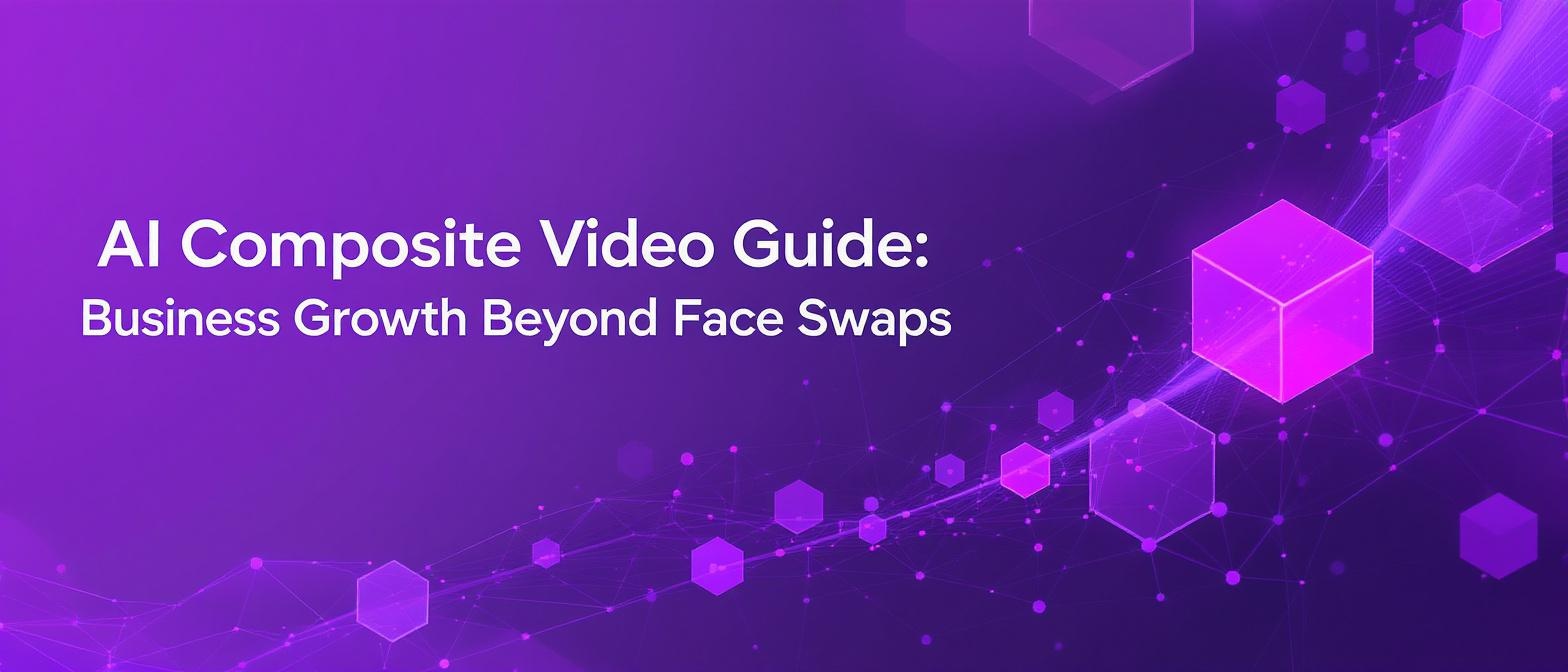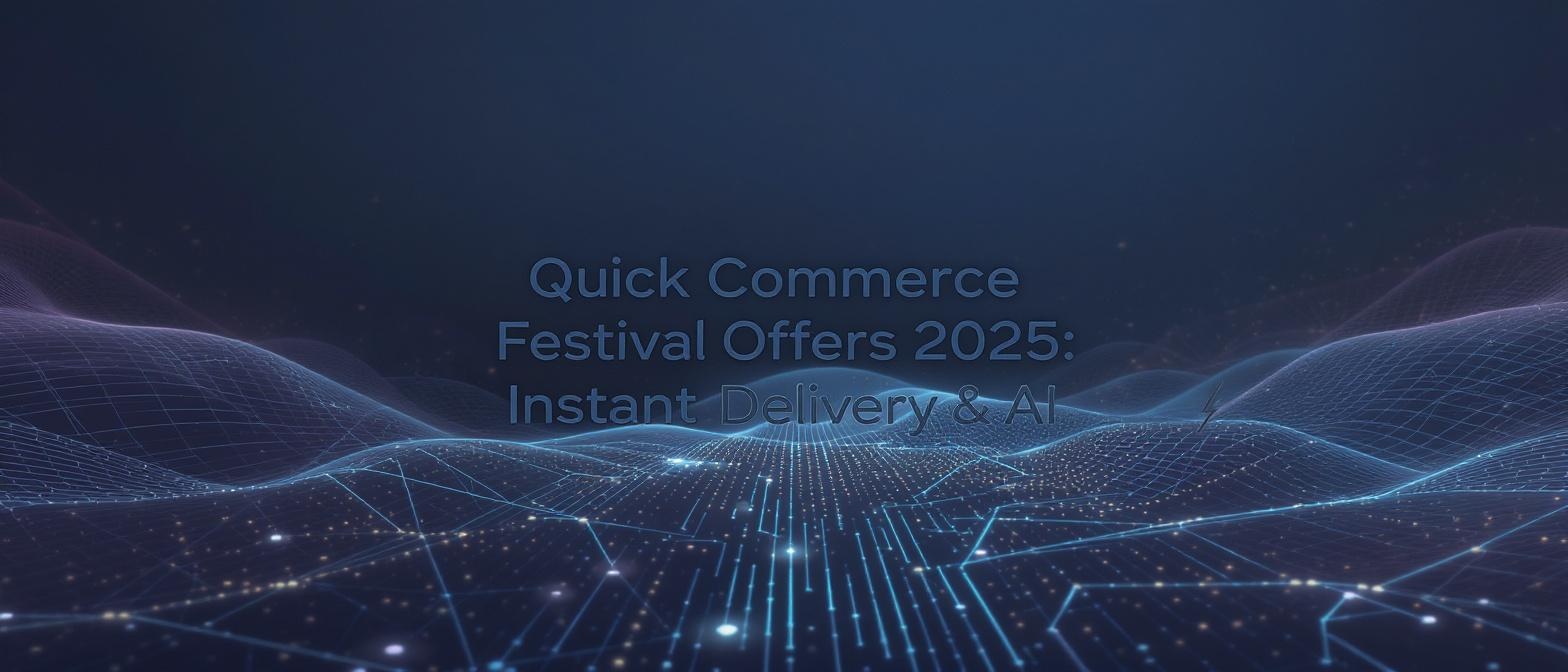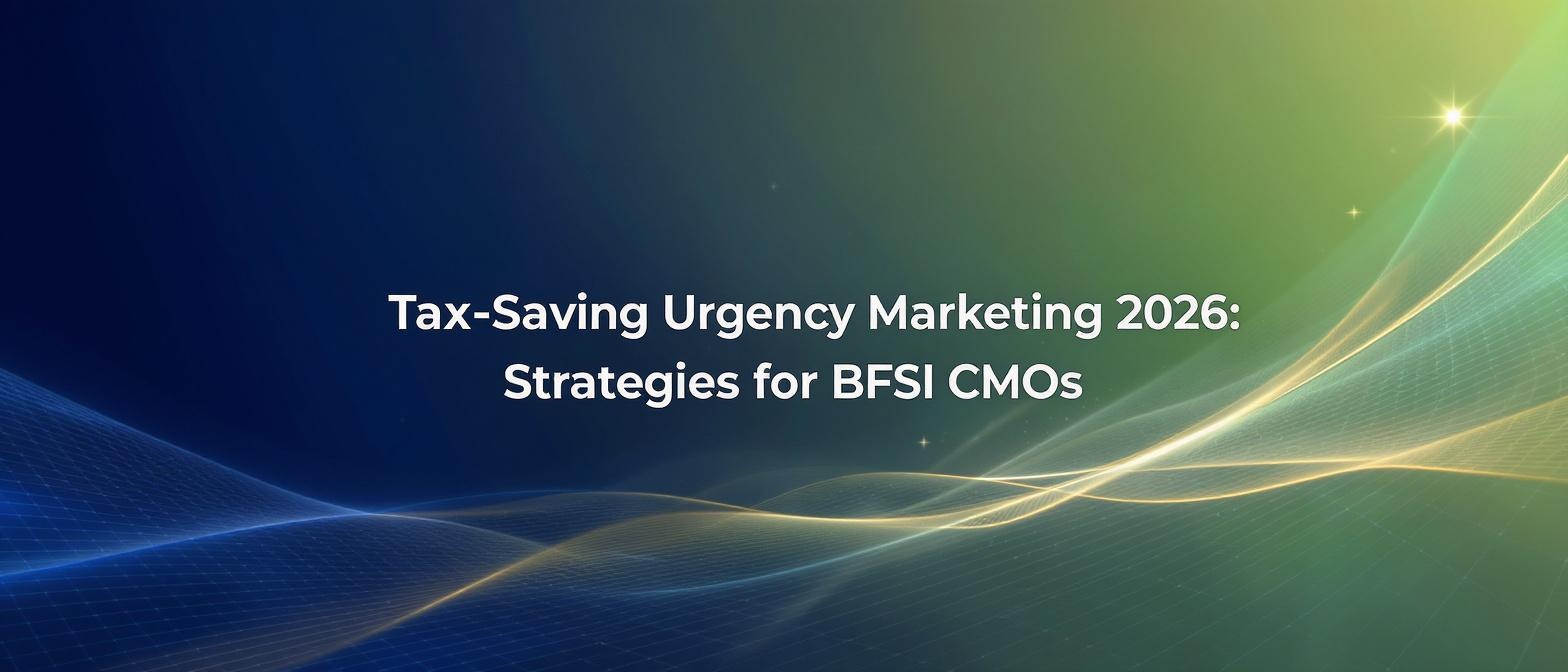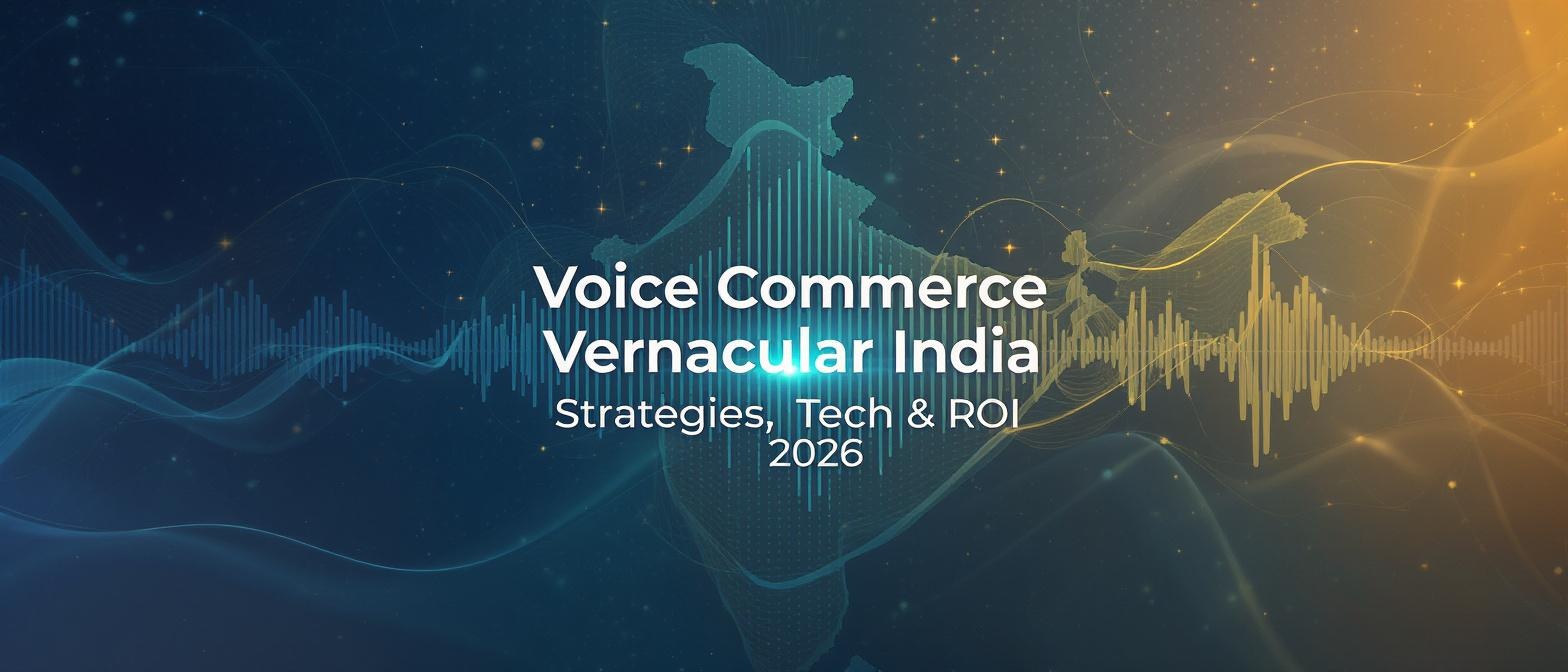Beyond Face Swaps: Your Guide to AI Composite Video for Business Growth
Estimated reading time: 9 minutes
Key Takeaways
- AI composite video is more than face-swapping novelty; it’s a strategic tool.
- Businesses can produce personalized videos at scale, saving cost and time.
- Proper ethical considerations with licensed avatars and content moderation are essential.
- Future developments center on hyper-personalization and consistent AI avatars.
The AI video market is exploding, projected to surge from $614.8 million in 2024 to over $2.5 billion by 2032. While many are captivated by fun face swaps and viral clips, this is just the tip of the iceberg. The real revolution isn't just about creating an AI composite video; it's about unlocking a new strategic capability for communication, marketing, and training (https://www.truefan.ai/blogs/10-essential-video-types-business-marketing), (https://www.truefan.ai/blogs/ai-video-training-revolution-l-d). Many guides explain the "what"—the simple act of merging visuals—but they stop short of revealing the "how" and "why." They don't address the core challenge businesses face: the immense cost, time, and technical skill required to produce high-quality, personalized video content at scale.
This guide moves beyond the surface-level fascination. We will dissect the strategic advantages of integrating AI composite video into your workflow, providing a practical framework for implementation that doesn't require a Hollywood studio or a team of VFX artists. We'll explore how to not only create these videos but also how to localize them for global audiences, measure their financial impact, and navigate the critical ethical considerations. Prepare to transform your understanding of video production from a resource-intensive hurdle into a streamlined engine for growth.
Section 1: Reimagining Video Production: Beyond Convenience
The primary challenge with traditional video isn't just the inconvenience of cameras and crews; it's a fundamental issue of scalability and personalization. In today's global market, a single, one-size-fits-all video is no longer effective. The real challenge is producing tailored, relevant content for diverse audience segments across multiple languages and platforms, without budgets spiraling out of control. This is where AI composite video transitions from a novelty to a necessity (https://www.truefan.ai/blogs/ai-video-marketing-budget-efficiency).
The data underscores this shift. According to recent studies, 63% of businesses using AI video tools slash their production costs by an average of 58% (https://www.truefan.ai/blogs/ai-video-marketing-budget-efficiency). This isn't just about saving money; it's about reallocating resources toward strategy and distribution. Furthermore, with 79% of eCommerce brands already leveraging AI-generated videos to showcase products, the competitive landscape is being redrawn. Companies still relying solely on traditional methods will struggle to match the speed, volume, and relevance of their AI-powered competitors. The problem isn't just "making a video." It's about winning audience attention in a saturated digital space, and AI composition provides the arsenal to do it efficiently and effectively. It allows a marketing team to create ten versions of a campaign for different demographics in the time it used to take to produce one.
Section 2: The New Creative Engine: Innovations in AI Video Compositing
At its core, AI composite video technology automates the complex process of rotoscoping, keying, and layering that once required specialized software and artists. Modern AI models can now analyze a script (https://www.truefan.ai/blogs/advanced-chatgpt-video-prompts), a background image, and a digital human avatar, and composite them into a seamless scene in minutes. The innovation lies in the accessibility and quality of the components. Advanced algorithms now handle the intricate details of lighting, shadows, and, most importantly, hyper-realistic lip-syncing, which has historically been a major hurdle for automated systems.
This technological leap has given rise to powerful, user-friendly platforms that democratize video creation. Platforms like Studio by TrueFan AI enable businesses to move from concept to finished video entirely within a browser. The process involves selecting a pre-licensed, photorealistic AI avatar, inputting a script, and choosing a background. The platform's engine then takes over, generating a high-definition video complete with a natural-sounding voice and perfectly synchronized lip movements. The underlying technology is complex, involving generative adversarial networks (GANs) and sophisticated natural language processing (NLP), but the user experience is designed for simplicity. This removes the technical barrier, allowing marketers and creators to focus on the message and strategy rather than the mechanics of production. The innovation is not just the AI itself, but the "walled garden" approach these platforms provide—offering immense creative freedom within a framework of safety and compliance.
Section 3: A Practical Framework for Advanced AI Video Implementation
Adopting AI composite video requires more than just access to a tool; it demands a strategic framework. Simply creating a video is not enough; it must be purposeful and integrated into a broader campaign. Here is an advanced implementation model that goes beyond basic creation:
Step 1: Strategic Goal Definition & Persona Alignment
Before writing a single word, define the video's objective. Is it for lead generation, customer onboarding, or internal training? Once the goal is set, align your chosen AI avatar with your target audience's persona. A video for C-suite executives should feature a different avatar and tone than one aimed at Gen Z consumers on TikTok.
Step 2: Scripting for an AI Presenter
Writing for an AI avatar differs from writing for a human. Keep sentences concise (100-120 characters is often optimal) to ensure natural cadence and inflection. Focus on a clear, direct message. Leverage the platform's ability to create variations by drafting slightly different hooks or calls-to-action for A/B testing later.
Step 3: Asset Preparation and Branding
Prepare your visual assets. This includes high-resolution background images, company logos, and any on-screen text or graphics. Ensure all assets align with your brand guidelines. A consistent visual identity is crucial for building trust, even when the presenter is an AI.
Step 4: Generation and Multi-Lingual Localization
This is where the power of AI becomes truly transformative. Generate your primary video. Then, instead of reshooting for different regions, leverage platform features to scale globally. With solutions like Studio by TrueFan AI's 175+ language support and AI avatars, you can translate your script and regenerate the video with perfect, native-sounding lip-sync for each target market in minutes. This turns a process that once took weeks and thousands of dollars into a simple, one-click action.
Step 5: Deployment, Testing, and Iteration
Deploy the various video versions across your target channels. Use analytics to track performance metrics like view duration, click-through rates, and conversions. Because generation time is minimal, you can quickly iterate on underperforming videos. Test different avatars, scripts, or backgrounds and redeploy, continuously optimizing your campaign for maximum impact.
Section 4: The Overlooked Essentials: Ethics and Content Moderation
While the creative possibilities of AI composite video are vast, ignoring the ethical implications is a significant risk. The same technology that powers legitimate marketing can be used for creating convincing deepfakes, spreading misinformation, or generating unauthorized and harmful content. Competitors often gloss over this, but for any reputable business, it's a non-negotiable consideration.
The first critical issue is consent and intellectual property. Using a person's likeness without explicit, informed consent is a legal and ethical minefield. This is why it's crucial to use platforms that provide a library of pre-licensed, professional AI avatars, where the real-life individuals have been fairly compensated and have consented to their digital likeness being used.
The second consideration is content moderation. Unregulated AI video tools can be exploited to produce content that is profane, hateful, or politically manipulative. This poses a direct threat to brand safety. Responsible platforms address this by integrating robust, real-time content filters that block the generation of videos containing prohibited material. This "walled garden" approach ensures that while you have creative freedom, you are operating within a safe and compliant ecosystem. Choosing a partner with certifications like ISO 27001 and SOC 2 provides an additional layer of assurance that data and processes are managed securely and ethically.
Section 5: Calculating the True ROI of AI Composite Video
The return on investment from AI video extends far beyond simple cost savings. A comprehensive ROI calculation reveals its value as a revenue driver and a tool for market expansion. A practical framework for measuring this is:
ROI = (Cost Savings + Conversion Lift + Market Expansion Value) - Platform Cost
- Cost Savings: This is the most direct metric. Calculate the cost of a traditional video shoot (crew, equipment, location, post-production) and compare it to the annual subscription cost of an AI video platform. For a company producing 10 marketing videos a month, the savings can easily run into tens of thousands of dollars annually.
- Conversion Lift: This measures the revenue impact. Use A/B testing to compare the performance of AI-generated videos against static images or text-based ads. Track the increase in conversion rates, lead generation, or sales. Solutions like Studio by TrueFan AI demonstrate ROI through their ability to rapidly generate dozens of variants for testing, allowing marketing teams to quickly identify the most effective message and creative combination, leading to a measurable lift in campaign performance (https://www.truefan.ai/blogs/ai-video-generation-roi-marketing). A recent report found that 79% of top marketing executives have reported a significant boost in ROI by integrating AI tools into their workflows.
- Market Expansion Value: This metric is often overlooked. Quantify the cost and time it would traditionally take to enter a new linguistic market. A full-scale video localization project can be prohibitively expensive. With AI, the cost to generate a video in a new language is negligible, drastically lowering the barrier to global expansion and allowing you to capture new revenue streams that were previously out of reach.
Section 6: The Future Roadmap: What's Next for AI Video?
The field of generative AI video is evolving at a breakneck pace. What seems cutting-edge today will be standard tomorrow. Staying ahead requires understanding the emerging trends that will shape the next 18-24 months.
First, hyper-personalization at scale will become the norm. This goes beyond just inserting a customer's name. Future platforms will be able to generate videos in real-time that adapt content based on a user's browsing history, purchase behavior, or even the time of day. Imagine an e-commerce product video that changes its featured benefits based on who is watching.
Second, the quest for character consistency is a major focus. The ability to have the same AI avatar appear in multiple videos, from different angles, and performing different actions, will unlock long-form narrative content. This will enable brands to create entire series or training modules with a consistent AI brand ambassador.
Third, AI-driven motion design will blur the lines between existing assets and new creations. These tools will allow brands to take a static product photo and animate it into an immersive, dynamic video, complete with an AI presenter, without needing a complex 3D rendering pipeline.
To prepare for this future, businesses must prioritize agility and partner with platforms that are committed to innovation. Focus on building a library of high-quality brand assets (logos, backgrounds, product shots) that can be easily fed into these future systems. Most importantly, cultivate a culture of experimentation within your team, encouraging them to test new formats and push the creative boundaries of what AI video can achieve.
Frequently Asked Questions
What is the main difference between an AI composite video and a deepfake?
The core difference lies in consent and intent. An AI composite video created on a legitimate platform uses pre-licensed AI avatars, meaning the real people behind the avatars have given explicit permission for their likeness to be used. Deepfakes, conversely, almost always use a person's likeness without their consent, often for malicious purposes like misinformation or harassment.
How much does it cost to start creating AI videos?
The entry cost has been dramatically lowered. While custom enterprise solutions can be a significant investment, self-serve platforms have made it highly accessible. For example, starter plans on platforms like Studio by TrueFan AI begin at around ₹2,999 per month, which includes a set number of video generation minutes, access to avatars, and all the core features.
Can AI composite videos be created in languages other than English?
Yes, and this is one of the most powerful features. Leading AI video platforms support a vast number of languages. The best systems not only translate the audio but also generate accurate lip-sync for the chosen language, allowing you to create authentic-feeling videos for global audiences without hiring new actors or voice-over artists.
How do platforms ensure the AI-generated voices sound natural?
Modern AI voice generation uses sophisticated text-to-speech (TTS) engines trained on vast datasets of human speech from professional voice actors. These systems learn the nuances of tone, inflection, and cadence, allowing them to produce speech that is far more natural and less robotic than older TTS technologies. The result is a voice that can convey emotion and emphasis effectively.
Are there limitations on the type of content I can create?
Yes, and these limitations are a crucial feature for brand safety. Reputable platforms have built-in content moderation filters that prevent the creation of videos containing hate speech, explicit material, political endorsements, or other prohibited content. This ensures that the tool cannot be used for unethical or harmful purposes, protecting both the platform and its users. Studio by TrueFan AI, for instance, has a 100% clean compliance record thanks to its robust, real-time moderation system.
How long does it take to generate an AI composite video?
The generation time is remarkably fast and is a key advantage over traditional production. For a typical marketing or informational video of about 60-90 seconds, the entire process from pasting a script to having a downloadable, high-definition video can take just a few minutes. This rapid turnaround enables fast iteration and A/B testing.
Conclusion
The conversation around AI composite video must evolve from a simple discussion of "face swapping" and "tech-free" creation to a strategic analysis of business transformation. As we've explored, the true power of this technology is not merely its convenience, but its ability to dismantle long-standing barriers in video production. It offers an unprecedented solution to the challenges of cost, scalability, and personalization that have constrained marketers and educators for years. By leveraging AI, you can now communicate with global audiences in their native language, A/B test creative concepts at lightning speed, and reallocate your budget from costly production to strategic growth initiatives.
The key to unlocking this potential is to look beyond the novelty and adopt a framework-driven approach. This means prioritizing ethical considerations by choosing platforms with licensed avatars and robust moderation, focusing on measurable ROI through a combination of cost savings and conversion uplift, and keeping an eye on the future of hyper-personalized content. The tools are no longer the exclusive domain of VFX experts; they are accessible, powerful, and ready to be deployed. The ultimate question is no longer how quickly you should integrate AI video into your strategy, but how quickly you can do it to outpace the competition.





